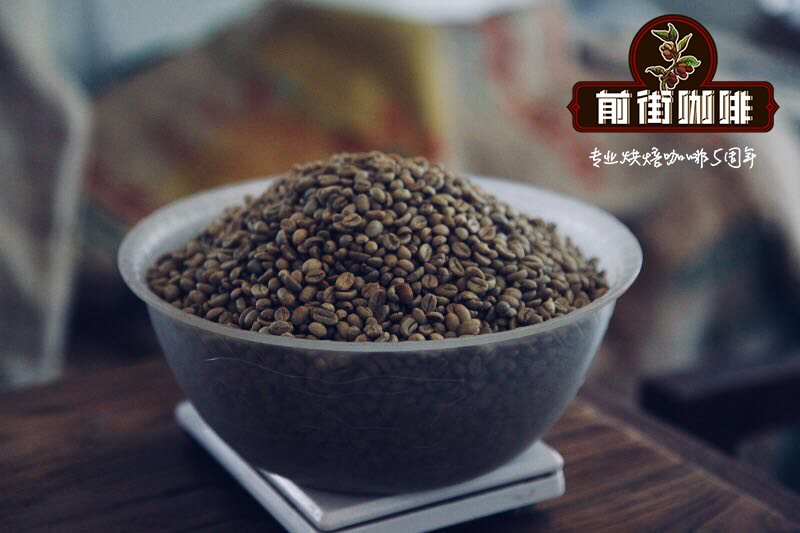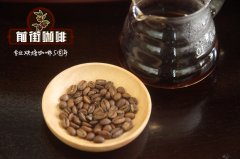What is double fermentation? What's the difference between dry fermentation and wet fermentation?

Professional coffee knowledge exchange more coffee bean information please follow the coffee workshop (Wechat official account cafe_style)
The word "fermentation" in life is often reminiscent of flour making cakes, Youtiao, steamed buns, steamed buns, or moldy food products. Fermentation has been so widely used in our daily life that we enjoy a wide variety of delicious fermented food. Huizhou hairy tofu, French wine, homemade pickled radish, northeast sauerkraut pork, canned Swedish herring, everyone knows it's fermented.
But in English, Fermentation is derived from the Latin fervere, which originally means "tumbling". It describes the phenomenon that yeast foams slightly or violently resembles boiling when yeast acts on grape juice or wort.
Simply put, fermentation is the process by which sugars and starches break down into acids or alcohol. Let's delve deeper. Sasa says yeast and bacteria are important for fermentation.
Yeast fermentation, called Saccharomyces cerevisiae, is a natural wild yeast that is also found in grapes, cocoa beans and other fruits. It is currently used in wine making, cocoa bean processing and coffee processing. "
And the strain is lactic acid bacteria.
During the natural fermentation of coffee, different biodegradation procedures take place, and enzymes produced by yeasts and bacteria begin to decompose the sugar in the pectin layer. Sugar breaks down lipids, proteins and acids and converts them into alkyd, which changes the smell, color, pH and composition of the pectin layer of coffee beans.
Sasa also said that there are many different fermentation methods in the world, but they are mainly divided into dry fermentation and wet fermentation.
Dry fermentation and its flavor
"after we remove the pulp, we put the coffee with endocarp in the fermentation tank, and the fermentation promotes the sweetness, chocolate and fruit flavor of the coffee." but one of the challenges of fermentation is temperature control.
Since temperature can affect the degree of fermentation, it will also negatively affect the stability and flavor of the process.
Wet fermentation and its flavor
You may have heard someone describe wet fermentation as double washing, double fermentation, Kenyan washing, etc., which is common in East African countries and is famous for its clean and clear flavor, but Sasa describes this treatment as adding flavor to the cup.
"when we remove the pulp and put the coffee with endocarp into the water, the water will help prolong the fermentation time, resulting in a softer mellow thickness, rich acidity and more elegant flavor characteristics of the coffee."
Of course, this does not mean that the treatment is not challenging. Sasa mentioned that temperature and water quality can also affect the results.
Sasa: "A few years ago, I did an experiment with Raul Riviera, the owner of Santa Rosa in El Salvador. We used Rain Water instead of spring water to ferment. Rain Water would absorb a lot of fruit flavor and sugar from the coffee fruit. As a result, the cup test score was reduced by five points. The coffee tasted insipid and had no distinct flavor. The effects of the water used for fermentation still need to be studied. "
Important Notice :
前街咖啡 FrontStreet Coffee has moved to new addredd:
FrontStreet Coffee Address: 315,Donghua East Road,GuangZhou
Tel:020 38364473
- Prev

What is the smell of defective coffee beans? How do coffee defective beans come from?
Professional coffee knowledge exchange more coffee bean information Please pay attention to the coffee workshop (Wechat official account cafe_style) the original flavor of coffee beans can determine the toning trend of a cup of coffee, but after roasting, the flavor of each coffee bean will be sublimated and condensed into a number of coffee beans with sweet and mellow flavor. The most important treasure of coffee beans is flavor and high organization.
- Next

What's the difference between black coffee beans and coffee powder? How to choose coffee beans?
Professional coffee knowledge exchange more coffee beans Please follow the coffee workshop (Wechat official account cafe_style) after deciding to make your own coffee, the first choice you face when buying coffee is to buy coffee beans (whole coffee beans) or ground coffee powder (ground coffee beans). Leaving aside the factors of other personal appliances and time.
Related
- Beginners will see the "Coffee pull flower" guide!
- What is the difference between ice blog purified milk and ordinary milk coffee?
- Why is the Philippines the largest producer of crops in Liberia?
- For coffee extraction, should the fine powder be retained?
- How does extracted espresso fill pressed powder? How much strength does it take to press the powder?
- How to make jasmine cold extract coffee? Is the jasmine + latte good?
- Will this little toy really make the coffee taste better? How does Lily Drip affect coffee extraction?
- Will the action of slapping the filter cup also affect coffee extraction?
- What's the difference between powder-to-water ratio and powder-to-liquid ratio?
- What is the Ethiopian local species? What does it have to do with Heirloom native species?

